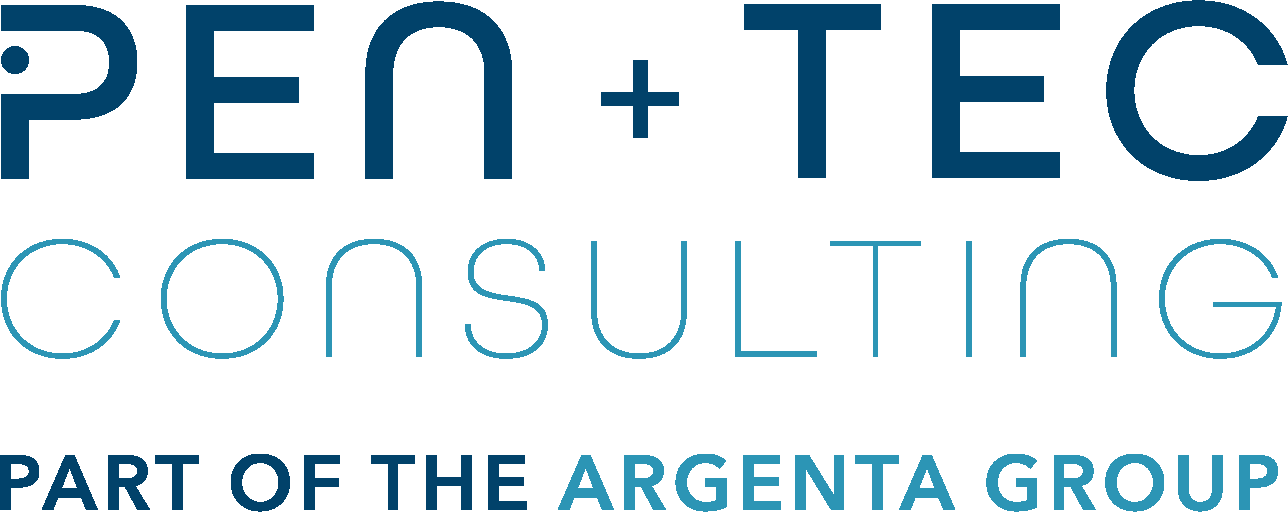Exploring European trends at Vitafoods Europe
Posted 3 May, 2018
Personalised nutrition, the microbiome and innovative manufacturing technologies are on the agenda at this year’s Vitafoods Europe.
The world of nutrition changes quickly and an understanding of key consumer trends, as well as new opportunities constantly being created by science and technology, can be the key to business success.

With that in mind, this year’s Vitafoods Europe (May 15 to 17, Palexpo, Geneva) will have a strong focus on the future. Through a range of interactive attractions and a top-notch education program, the event will provide valuable insights into the most important consumer trends and advances in nutrition science.
The Future’s Personal
There is widespread agreement that the future of nutrition is personal. “Personalised nutrition will be a major development,” said Monica Feldman, president of Consumer Health Strategy Inc., who will be speaking on the Vitafoods Centre Stage. “Each individual has a unique physiology and unique nutritional needs and the one-size-fits-all model in supplementation will be out sooner rather than later. Personalised assessments are already driving the next stage of growth for the industry. For example, quick blood panels can reveal nutritional deficiencies within a few hours.”
She cited some of the advances in digital technology that are driving the shift to personalisation. “E- health records, mobile health records and additional testing—genetic testing, for example—are all merging into one individualised health record supported by cloud-based technology,” she said. “Many firms are offering ‘health dashboards,’ where consumers can view the progress they’re making toward their nutritional requirements and health goals. Artificial intelligence will also be key in the analysis of biomarkers, medical history and genetics to help guide nutritional recommendations.”
At the same time, DNA and data revolutions are reinforcing the shift to personal nutrition. “The omics research (nutrigenomics, metabolomics and transcriptomics) will shed new light on how the food we eat affects our predisposition to diseases based on our genotype,” said Nicoleta Pasecinic, regulatory affairs associate at Pen & Tec Consulting. “Companies will be able to use this information to create personalised food, targeting the right consumer profiles.”
Iris Hardewig, Ph.D., head of consulting and strategic innovation at analyze & realize GmbH, agreed: “Big data will allow the analysis of individual responses to different foods or supplements based on biomarkers. This will lead to a continually higher degree of personalisation.”
Mark JS Miller, Ph.D., principal of Kaiviti Consulting, will discuss the interaction between marketing and R&D in the Vitafoods Europe Education Programme. He is excited about the potential of bespoke nutrition to empower consumers. “New testing procedures that enable personalised approaches to health and wellness will shape the long-term future of the nutrition industry more than anything else,” he said. “When you have knowledge of your own personal gaps, pitfalls or tendencies, you can better manage your health as an individual. It empowers the individual to learn about their own health and wellness drivers and then take responsibility for their management. It changes it from a passive process driven by outsiders to a directed active one where the individual is in charge.”
However, Steffi Dudek, senior scientific consultant at analyze & realize GmbH, noted the category has yet to hit the mainstream: “Access to, and resources for, personalised assessments are still not widespread. They’re limited to a small population of very health-conscious early adopters.”
Big questions consider how consumers can feed into the process—and how much they will want to. “Personalisation providers are still trying to determine what is both relevant and reasonable in terms of consumer inputs,” said Jeff Hilton, co-founder and chief marketing officer at BrandHive. “Not everyone is willing to have his or her blood drawn, or to pee in a cup and have it analysed.”
There are also issues around the outputs, especially how to make data meaningful for consumers. “The challenge ahead is the translation of highly technical and scientific information into clear and easy-to-understand messages,” Pasecinic said. “Technological development will have to catch up in order to offer translation of diet-genome interaction data directly to the end consumer, without the need of expert help.”
Hardewig believes big business is only just starting to wake up to the possibilities. “Personalised nutrition will come more slowly than anticipated, but it is definitely going to come,” she said. “The industry needed some time to adapt to this new concept. However, with the cooperation or acquisition of start-ups, the big nutrition companies are slowly getting access to the personalised nutrition market.”
With personalised nutrition apparently nearing a crucial tipping point, Vitafoods Europe will be exploring ways to help it reach its full potential. This will be the focus of the Personalised Nutrition Workshop in the Vitafoods Europe Education Programme. Experts will discuss strategies to improve consumer awareness, and consider the legislative and policy changes that are needed for the category to conquer the mass market.
Probiotics for Prevention
With growth of the aging population, lifestyle-related disease on the increase and medical costs rising across the globe, many experts are looking to nutrition as a form of preventive health care. “With insurance companies concerned about costs, there will be more focus on prevention, accountability and directed efforts to main health,” Miller said.
 Feldman believes the emphasis on prevention will become more apparent as people who are currently in middle age enter later life. “Generation X will be the stellar example of prevention and wellness for the elderly population as they start hitting 60 in 10 years’ time,” she said.
Feldman believes the emphasis on prevention will become more apparent as people who are currently in middle age enter later life. “Generation X will be the stellar example of prevention and wellness for the elderly population as they start hitting 60 in 10 years’ time,” she said.
There is growing awareness of the role of nutrition — particularly functional ingredients such as probiotics—in the prevention of disease, per Pasecinic. “Diet plays a vital role in health and well-being, and consumers are increasingly showing interest in how it can prevent disease,” she said. “One consumer trend that’s going to persist for years is demand for naturally functional foods — think almonds, olive oil and blueberries. In particular, probiotic-rich foods have gained a lot of interest, because consumers want to know more about digestive health options that don’t come in the form of a supplement or a pill. Fortified juices with probiotic strains, as well as fermented beverages such as kombucha, have been positively received by consumers seeking dairy-free alternatives.”
Another promising area of digestive health, and one that taps into the personalisation trend, is prebiotics. “Our increasing understanding of the systemic roles of the microbiota is already changing the way we think about nutrition,” Dudek said. “The individualization of nutrition may mean that we try to meet the needs of our individual microbiota, so feeding our individual microbiota to maintain optimal health might become an interesting target.”
Miller believes the potential for bespoke probiotics will increase consumer appeal: “Knowing the constituents of your microbiome, and then achieving diversification with complementary probiotics or synbiotics will become increasingly affordable. The immediacy of feedback people will get will make it a popular trend.”
Indeed, consumer interest has already fueled massive growth in the global probiotic industry, which is expected to reach a value of $65 billion by 2023. In the United States, the number of products promoting probiotic content grew from below 100 in 2002 to nearly 1,800 in 2016, according to Packaged Facts (“Probiotics and Prebiotics: Food and Beverage New Product Trends,” Sept. 29, 2017). The Vitafoods Europe Education Programme includes the Probiotics R&D Forum, sponsored by DuPont Health & Nutrition, that will explore challenges such as ways to incorporate beneficial bacteria into a food matrix. The Vitafoods Europe Probiotics Resource Centre, in association with the International Probiotics Association (IPA), will also include new product showcases, a guide including a probiotics discovery trail, a presentation theatre, digital iPad presentations and infographics showcasing the latest market statistics.
Science Opens New Manufacturing Possibilities
Technology is not only changing consumer habits, but also opening up new ways to manufacture ingredients. “The progress being made in biotechnology may complement traditional food manufacture,” Dudek said. “Plant cell culture and fermentation with engineered microorganisms will enable the economic manufacture of new ingredients that were not previously accessible on a commercial scale.”
Meanwhile, another new technology is poised to change the way nutraceuticals are produced. “3D printing is already here and is becoming cheaper,” Feldman said, who sees it as another important driver of personalisation. “Imagine having your own multivitamin or supplement made just for you for a reasonable price and, of course, based on your specific nutritional needs. As a result, we will see a shift in the sale of dietary supplements and nutrition products from the retail shelves of pharmacies and stores to online. Alternatively, I can envision pharmacies and retailers carrying out personalized nutritional assessments on their premises, and having consumers place an order there to be delivered to their homes later.”
Hardewig believes the possibilities could fundamentally change the way products are manufactured. “Mass production will lose importance while new technologies will allow the production of personalised and highly diverse products,” she said.
Throughout Vitafoods Europe, there will be opportunities to learn more about such possibilities. In the Vitafoods Education Programme, there will be a stream of R&D Forums devoted entirely to emerging ingredients and visitors will also be able to engage with entrepreneurs at the cutting edge of the nutrition sector at the Springboard Pavilion, or by taking one of the themed Innovation Tours or self-guided Discovery Trails.
For more information about the education and networking opportunities at Vitafoods Europe, or to register to attend, visit vitafoods.eu.com.
Source: www.naturalproductsinsider.com
